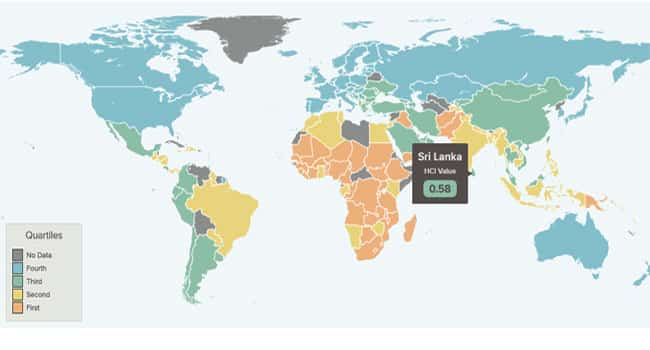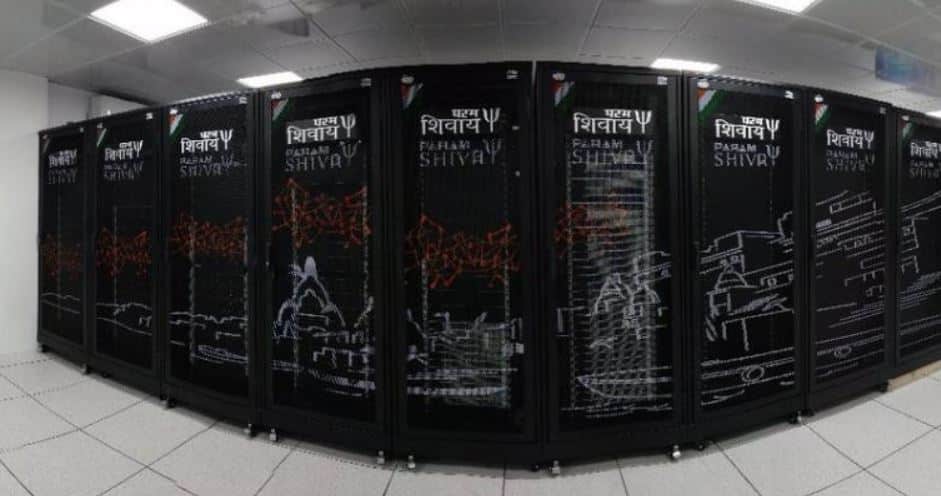Table of Contents
Capital Conservation Buffer & Basel 3 | RBI | UPSC – IAS
The capital conservation buffer (CCoB) is a capital buffer of 2.5% of a bank’s total exposures that needs to be met with an additional amount of Common Equity Tier 1 capital. The buffer sits on top of the 4.5% minimum requirement for Common Equity Tier 1 capital. Its objective is to conserve a bank’s capital. It is the mandatory capital that financial institutions are required to hold above minimum regulatory requirement.
- According to Capital Conservation Buffer (CCB) norms, banks will be required to hold a buffer of 2.5% Risk Weighted Assets (RWAs) in the form of Common Equity, over and above Capital Adequacy Ratio of 9%.
- Capital Conservation Buffer currently stands at 1.875% and remaining 0.625% was to be met by March 2019.
Significance of Capital Conservation Buffer | UPSC – IAS
- It is designed to ensure that banks build up capital buffers outside periods of stress which can be drawn down, as losses are incurred.
- Regulations targeting the creation of adequate capital buffers are designed to reduce the procyclical nature of lending by promoting the creation of countercyclical buffers as suggested Basel 3 norms. During credit expansion, banks have to set aside additional capital, while during the credit contraction, capital requirements can be loosened. Systemically important banks are subject to higher capital requirements.
- The capital buffers increase the resilience of banks to losses, reduce excessive or underestimated exposures and restrict the distribution of capital. These macroprudential instruments limit systemic risks in the financial system.
Why banks are unable to adhere to Capital Conservation Buffer norms? | UPSC – IAS
- Mounting pile of stressed assets has resulted into low credit growth, deterioration in asset quality, low profitability of Indian banks & over-reliance on capital infusion from the Government. In order to protect their margins & first meet the basic capital ratios i.e. CRAR of 9%, banks have slowed down the adoption of Capital Conservation Buffer (CCB) Basel 3 norms
A Way Forward | UPSC – IAS
While relaxation of the buffer norms and capital infusion by the government are welcome steps in the time of exigency, it must be ensured that good money is not thrown after bad money. Improving credit discipline and risk management systems are the need of the hour for public sector banks. The governance issues of the banks and their over-enthusiastic lending in the past needs to be addressed.
The government should initiate long-pending reforms recommended by the P.J. Nayak Committee:-
- Cede control of nationalized banks and cut its stake below 51%.
- Form an independent Banking Investment Company (BIC) for corporatized governance of PSBs.
- Performance related pay structure and incentives for upper management functionaries.
Types of Bank Capital
- Tier I capital (Core Capital): It consists of money kept as Statutory Liquidity Ratio (SLR), in physical cash form & as share capital and secured loans. At least 6% of CAR must come from Tier 1 capital. This capital can absorb losses without bank ceasing its trading operations.
- Tier II capital (supplementary capital): It includes after tax income, retail earnings of the bank, capital in the form of bonds/hybrid instruments & unsecured loans (getting serviced).
- Tier III capital: Includes Non-Performing Assets (NPAs), subordinated loans (not getting serviced) & undisclosed reserves from the balance sheet.
Keywords: RBI, UPSC, PCS, IAS, Capital Conservation Buffer rbi, basel 3 norms











